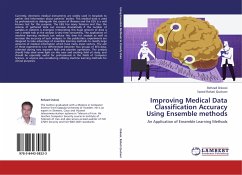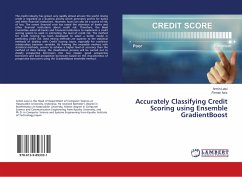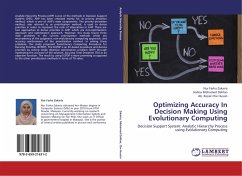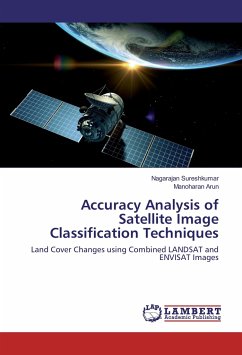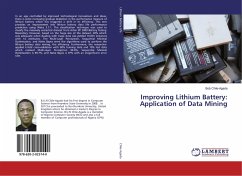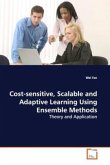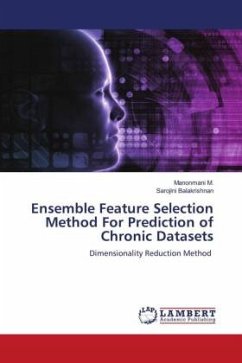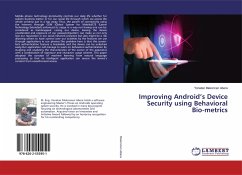Currently, electronic medical instruments are widely used in hospitals to gather vital information about patients bodies. This medical data is used by professionals to distinguish the causes of illnesses and the EEG is a well known test for this purpose. The EEG has many features and thus the volume of gathered data can increase dramatically if the number of samples or patients is enlarged. Interpreting this huge amount of data is not a simple task as the analysis is very time consuming. The application of machine learning methods can reduce this time for analysis as well as increase the accuracy of such analyses. In this publication, experiments are designed to take advantage of ensemble learning methods to classify large amounts of medical information which have many input vectors. The aim of these experiments is to differentiate between two groups of EEG data, collected during two separate Reiki and placebo operations. The analysis should help shed some light on this new and exciting field of study, and should be especially useful for professionals in the fields of Computer Science, or anyone else considering utilizing machine learning methods for clinical purposes.
Bitte wählen Sie Ihr Anliegen aus.
Rechnungen
Retourenschein anfordern
Bestellstatus
Storno

